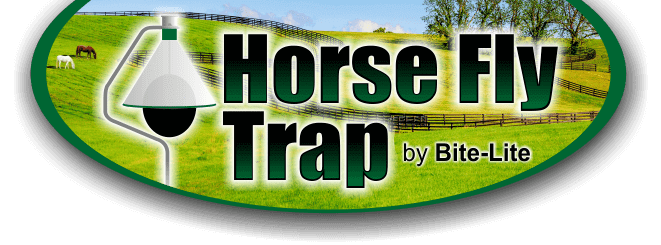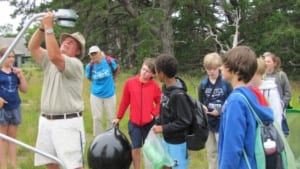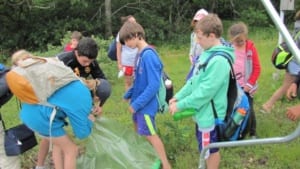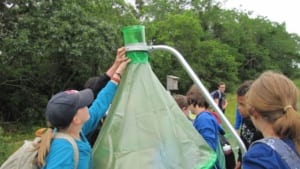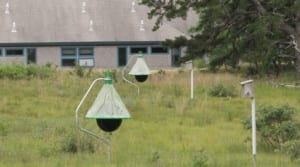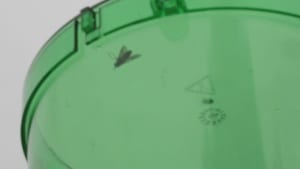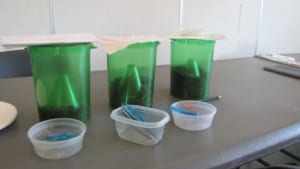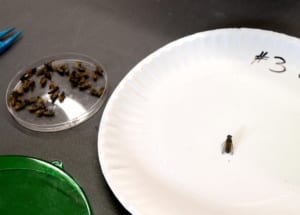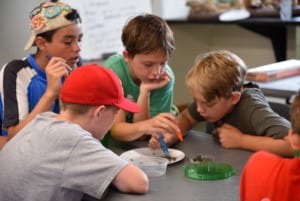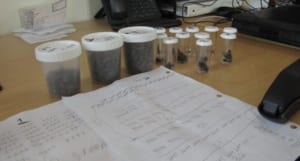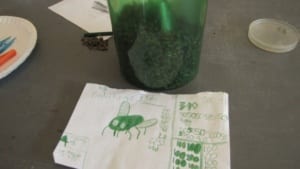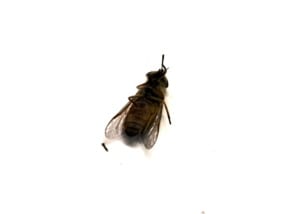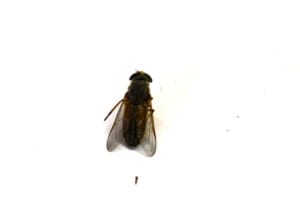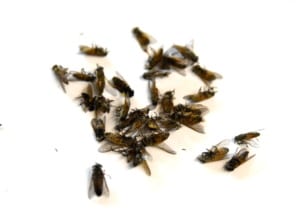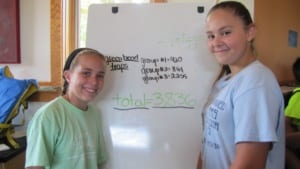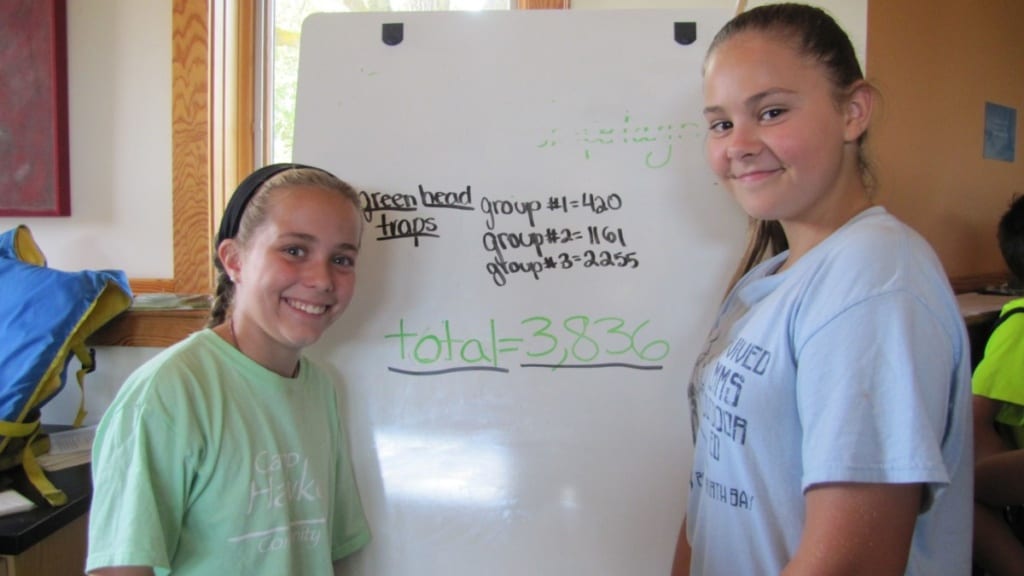 Bite-Lite’s Biting Insect Lure came on the market in 2018 following testing in Massachusetts and Texas. Our research has shown that our new biting insect lure has been proven to catch more biting insects when used in conjunction with the H-Trap Professional Horse Fly Control System. Bite-Lite had two tests performed in 2017 to determine the new lure’s efficacy. The tests were performed at the Wellfleet Bay Wildlife Sanctuary in Wellfleet, MA as well as two Texas counties (Harrison and Houston counties).
Bite-Lite’s Biting Insect Lure came on the market in 2018 following testing in Massachusetts and Texas. Our research has shown that our new biting insect lure has been proven to catch more biting insects when used in conjunction with the H-Trap Professional Horse Fly Control System. Bite-Lite had two tests performed in 2017 to determine the new lure’s efficacy. The tests were performed at the Wellfleet Bay Wildlife Sanctuary in Wellfleet, MA as well as two Texas counties (Harrison and Houston counties).
The Biting Insect Lure contains the chemical octenol. Because it is considered a pesticide, it must be registered in the states it is sold. Bite-Lite chose to register the new lure in the top states where the most H-Traps were sold last year. Currently, buyers in the following states can purchase our biting fly lure Colorado: Connecticut Florida, Georgia, Kentucky, Illinois, Indiana, Kansas Louisiana, Maryland, Massachusetts, Michigan, Minnesota, Missouri, New York, New Jersey, New Hampshire, North Carolina, Ohio, Pennsylvania, Tennessee.
Biting Fly Lure Testing at Wellfleet Bay Wildlife Sanctuary
Testing of the Bite-Lite Biting Insect Lure was conducted at the Wellfleet Bay Wildlife Sanctuary between July 17 and August 30, 2017. Bite-Lite’s parent company’s President Robert Bedoukian of Bedoukian Research, Inc. set up the scientific protocol. Budding scientists, 11- 13, in the Ecology Science summer camp program, and their counselors used three H-Traps, six collection bins, and two experimental lures donated by Bite-Lite.
Mark Faherty, the research scientist at Wellfleet Bay, supervised the counting and scientific methodology. While conducting the testing, the sixth to eighth graders rotated the lures each week after each count during the testing. (Rotations are necessary to avoid positional site bias.) The experiment lasted three weeks, and approximately 54 campers participated in the three weekly camp sessions. Each week, the participating campers counted horse flies and by the end of the experiment they helped calculate the total number of biting flies as well as the average percent of the flies caught in the control trap (no lure) versus the total caught in the trap with the lure. The results are shown below, and indicate that the Bite-Lite Biting Insect Lure caught five times more horse flies than the control:
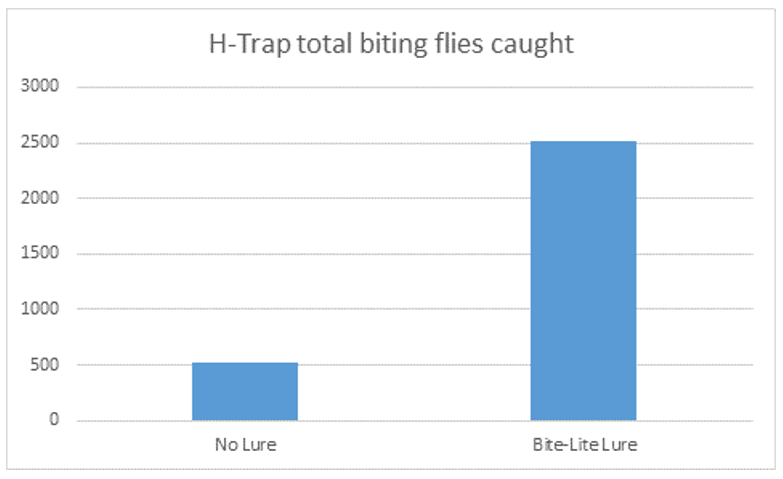
At Wellfleet Bay, the testing could not have been accomplished without the help of the following. property manager James Nielson who helped the campers set up the traps; Camp Director Emily Wolfe and her staff; Sheila Hoogeboom and Julia Towne, in the Development Department who initiated the project; and Jenette Kerr, the Communications Coordinator who shared some great pictures and blogs!
Biting Fly Testing in Texas
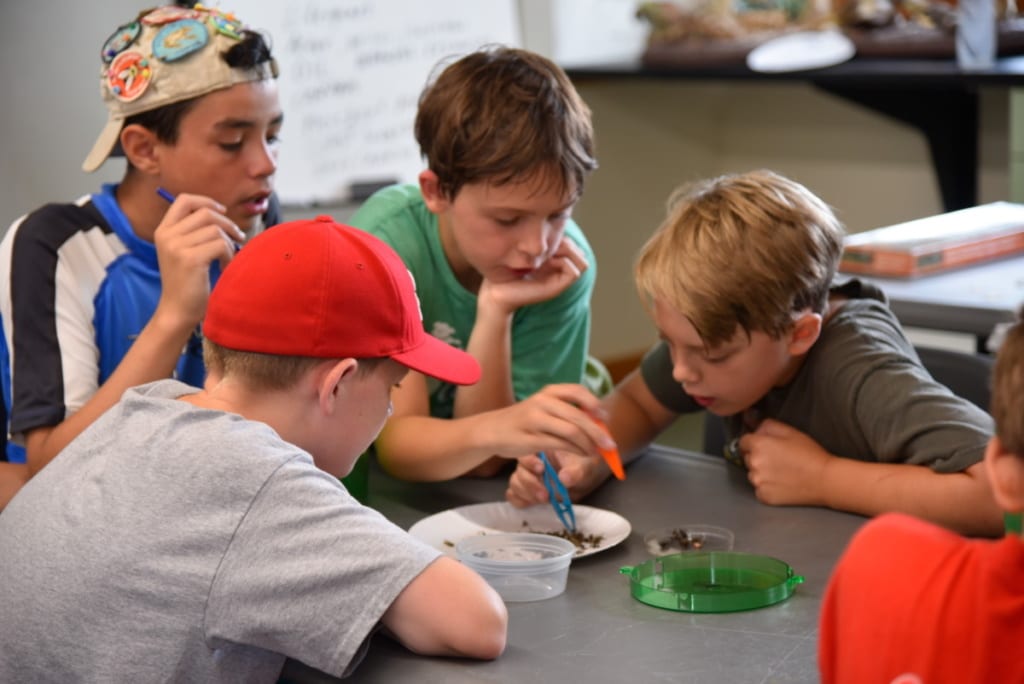 An Extension Livestock entomologist at the University of Texas and county agents conducted the other Bite-Lite Biting Lure testing between August 12, 2017 to October 2, 2017. Dr. Sonja L. Swiger worked with Bedoukian Research, Inc. to create a scientific protocol to determine the efficacy of horse fly traps and lures in beef pastures in Texas county agents in Harrison and Houston county performed three rotations with a control. In the presence of the Bite-Lite Biting Insect Lure in both Texas counties, the combined total of flies caught compared to the control was three times more.
An Extension Livestock entomologist at the University of Texas and county agents conducted the other Bite-Lite Biting Lure testing between August 12, 2017 to October 2, 2017. Dr. Sonja L. Swiger worked with Bedoukian Research, Inc. to create a scientific protocol to determine the efficacy of horse fly traps and lures in beef pastures in Texas county agents in Harrison and Houston county performed three rotations with a control. In the presence of the Bite-Lite Biting Insect Lure in both Texas counties, the combined total of flies caught compared to the control was three times more.
Part of the problem and the justification for the experiment was the following:
“Horse flies are important pests of pastured livestock throughout Texas and other regions of the United States. Controlling horse flies can be very difficult, costly and many times impossible with just chemicals. Adult horse fly females consume blood daily and can inflict severely painful bites and wounds on an animal. Their limited contact with livestock, makes them very difficult to control with chemicals. Thus, making traps a logical form of management. Many producers struggle to find the most adequate way to manage horse and deer fly populations in their pastures.”
The traps were checked, flies counted, and the lures rotated every 10 days during the experiment. Every 30 days (after each lure has been in each position once), lures were changed out and the start position rotated; this methodology is important as a new lure has a higher release rate for the first few days. Three rotations were conducted throughout this nearly 90 day period.
Table 1: Lure rotation schedule. Different colors represent different repetitions. Start position is rotated at the beginning of each repetition to decrease ‘new lure’ bias in conjunction with site bias.
Cost – Participating agents will need to rotate traps, take fly counts once a week and count trap collections, for Objectives 1 & 2 AND agents will need to rotate traps every 10 days and count trap collections, for Objective 3; this can take from 2-3 hours.

The combined total flies, separated by horse fly (HF), deer fly (DF), and all flies (ALL) caught by control (trap alone) or trap in the presence of the Bite-Lite Biting Insect Lure from two counties in Texas.
